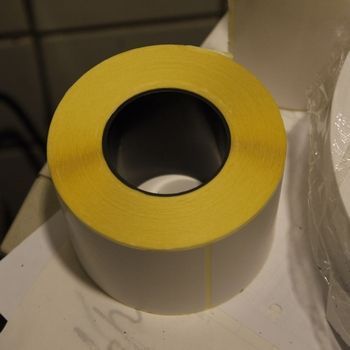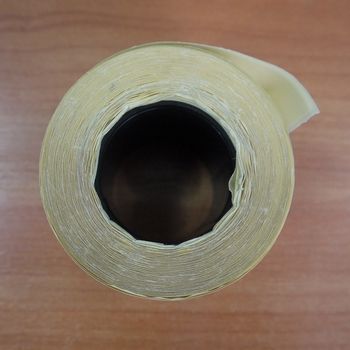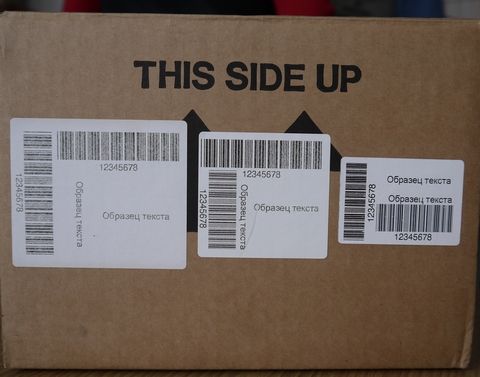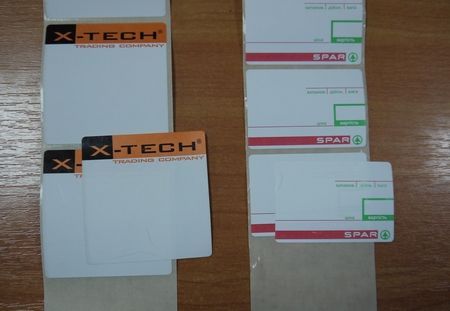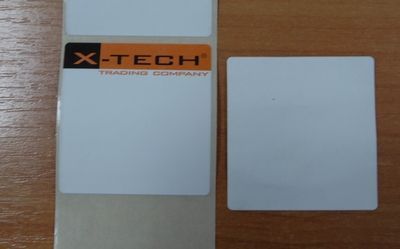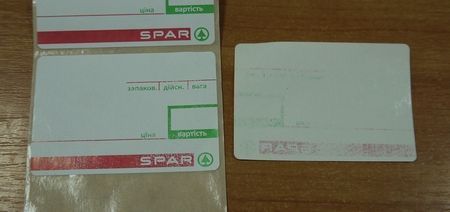Thermal label
When buying labels for thermal printer and receipt printing scales, we don't even think about the impact of label quality on the final printing result.
The quality of the labels has a huge impact on the service life of the thermal head of thermal printers and receipt printing scales.
The main criteria for determining the quality of a thermal label
1. The surface of the label should be flat and smooth, without wrinkles or waves.
If there are waves in the roll of thermal label, this means that it was stored in a humid room, and the label became saturated moisture.
Thermal labels are recommended to be stored in dry rooms.
2. When storing a thermal label, its shelf life should be taken into account. The recommended shelf life of a thermal label is — no more than 1 year.
Printing on a thermal label with different shelf life. The longer the thermal label is stored, the worse the print quality will be.
3. The thermal label should not be covered in paper dust or husk. All contaminants from the label get onto the thermal head, thus reducing its service life.
4. During visual inspection, pay attention to the location of the label on the backing. The distance (gap) between the labels should be the same (approximately 3 mm between the labels). Label shifts on the substrate can cause it to jam, stick, and shift the field during printing.
A label with a preprint is also used for printing on a thermal printer and receipt-printing scales. The resource of the thermal head directly depends on the quality of the preprint. If you use a label with a low-quality preprint, the thermal head will have to be changed three times more often. Low-quality preprint ink leads to the fact that under the influence of the high temperature of the thermal head, the paint easily separates from the label and remains on the thermal head of the printer or receipt-printing scale.
You can check the quality of the preprint in a simple way. Peel off one preprint label and stick it sticky side down on the next label.
If there is preprint ink left on the sticky side after tearing off the label, the preprint is of poor quality.
If you take all these factors into account, then the performance and service life of your equipment will be longer than when using cheap and low-quality thermal labels.














